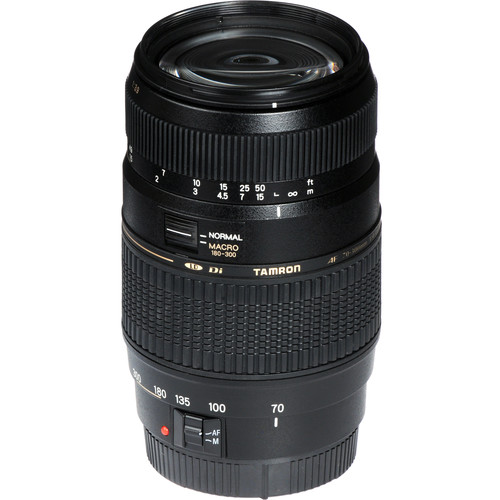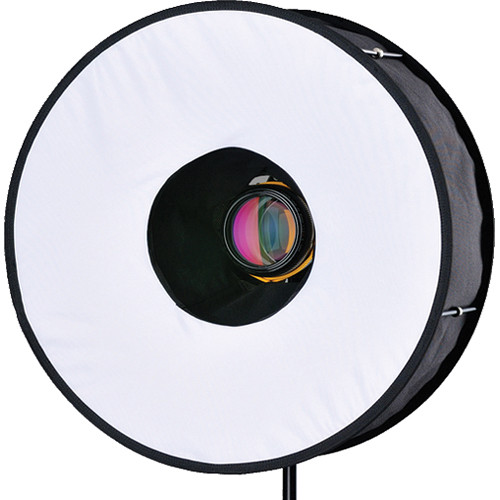Meanwhile, I was in fact trying to prepare for some photographic experiments which eventually were put on hold after the events, and trying slowly to get back to the pace and even trying to force myself to work on some projects.
I know, though, that some photographers advise against forcing oneself to work with the camera and leave it to inspiration alone, and initially I'm in that line of thought, but circumstances right now require some special measures, and probably forcing myself might take my mind off from the domestic problems that plague my life for the time being.
Let's Cook!
I've attended (and will in the near future) a workshop with members of the group given by the leader of the group which was about the imagination of the photographer and how to develop it. Our main theme for the practical part of the workshop was "kitchen utensils."
The topic of the workshop was, in some sense, forcing your brain to think differently about ordinary subjects (with a side dish of planning beforehand).
 |
| Boring Cold Canon EF 50mm + B+W 920 IR filter, f/9, 320-1sec, ISO200. |
 |
| Kuwaiti Jack Nickolson Canon EF 50mm, f/9, 250-1sec, ISO200. |
Using the same converted camera but without any filter on the lens, and also a speedlite here, the Kuwaiti Jack Nickolson was supposedly to be looking like the Jolly Roger, but with the facial expressions here and the hardships in holding the ladles in proper positions, the idea drifted away from that. Anyway, I liked the looks here so I worked for some time on enhancing the sharpness and the colors (specially the eyes and the mouth) to make it look more like a maniac's profile shot! The sharpness here was exaggerated on purpose and it was not done with convenient plugins (e.g. NIK or Noise Ninja), but it was done manually using layers in Photoshop (implementing the High Pass command). After these 2 shots, seeing that I don't work well with faces, I decided to concentrate more on the abstract lane of my thoughts and started playing around with the same ladles to come up with something unusual.
 |
| Metallic Lane Canon EF 100mm macro, f/14, 250-1sec, ISO200. |
I've finally arrived at that idea when I made a contact between the bottoms of the ladles (and it was hard to stabilize the set). Usually in such situations, I automatically switch my mind to think about macro details and look for abstracts and shapes, just like in this situation with Metallic Lane. A twist to the WB was applied to give it that bluish luster instead of the dull metallic one.
Major problem with these experiments is that the ladles were scratched and not polished in a good way, and however I washed them the stains and scratches remained. The practical part of this workshop was not the final deadline to present some work but it was a practice under the guidance of the founder and the teacher of the group, and we agreed to give results one week later which unfortunately passed without doing anything, since I've been busy with my messy life. However, I got new ladles with good polish and worked on them later on, as I will explain later in Rain-Bubbles section below.
Nailed It…
Before the dramatic events with Mom, I was already working on a little project, related to my previous post, The Fakhroid Muse, which is about getting inspired from a song or songs from the Syrian master, Sabah Fakhry (صباح فخري). Might be a good idea to read that blog post if you didn't.
I've been working on this idea, as I've said, before the dramatic events, and even after Mom being out of the hospital, I couldn't put a mind to it and finish it until just recently. I have to say though that I did a lot, a lot, of testing shots. The main problem was that the set was on ground level and I had to find a way to levitate the camera up to a certain level from the set (beside finding the good lens and the good position for speedlites).
 |
| Lovely Pain Voigtländer 20mm, f/4.5, 4000-1sec, ISO200. |
Generally speaking, the idea was inspired from the same song discussed in the Fakhroid Muse post, but a different line:
أثاريك نسيتني مع الأيام
ورضيت تفوتني على الآلام
Just to find you've forgot about me along the days
And you were satisfied to let me through the pains
The second line of this verse is the one that ticked in my mind and decided to implement the idea here. I've spent some time drawing a valentine heart on a cardboard and pinning some nails in it as it can be seen in Lovely Pain. In the beginning, the idea was to use 15mm fisheye lens because its perspective would help on forming the valentine heart more clearly (because of the distortion), but the wide field of view made it problematic to use such a lens, specially with speedlites placed around the set. As it can be seen above, the shutter speed is high, because I wanted to kill the ambient light completely (and of course that requires working in High-Speed mode).
I wanted to work with red food coloring in the beginning too, but apparently that was hard to show on metallic heads and (since I had no model to work with except of myself) it would make a mess for me, thus it was safer to work with red gel filter placed on the main speedlite. One speedlite was actually enough, sort of, but added another one on its side (was planned to light the feet alone), and for this we have here light heads sparkling (and lighter red tone). At the end, I've changed to Voigtländer 20mm lens for it is not as wide as the 15mm fisheye lens. Working with this lens can be tricky somewhat since it is manual completely and I had to re-focus as I adjusted the elevation and the direction of the camera several times (beside changing the spot to be under the focus several times).
The tricky part here is after shooting: on camera's LCD view, everything was alright, but when the file is opened on PC with large monitor, the valentine heart is barely recognizable and would require longer time of concentration to realize that it is a heart. Maybe it was my mistake even to draw it in reverse like that!
I'm still on the lookout for more inspiration and probably from the same song still. I do have some ideas already as I'm typing this, but the vivid glimpse of this idea would require having a model - someone to work with; something I'm not good at, and not available as well for me (of course, unless I pay money for a professional model I believe). I'll keep that for later though.
Rain-Bubbles
As a continuation for the kitchen utensils project which was started with the workshop mentioned in the first section of this post, Let's Cook!, I've tried to work with new ladles I've purchased specially for this project, and they are with good polish (but completely though). Big, small, and some tiny metallic container; I liked how they looked in the store without really thinking what to do with them. It took me some time to wander and to look, and finally got the idea of shooting reflections in some way, since these utensils do look like half spherical mirrors (concave or convex). Anyway, I did reflections, but in some other way. Completely different way!
 |
| Qtar 1 (droplets 1) Canon EF 100mm macro, f/10, 250-1sec, ISO100. |
As for the title of the image above, Qtar, I somewhat miss the Maltese language so I decided to use Maltese to name this series of images. After roaming my mind about, I finally sought hanging the ladle on the edge of a table (using clamp) and putting some drops of corn syrup (as a substitute for glycerine); water won't help much here with its low viscosity. Of course a setting as plain as this seem boring, so we have to add some colors to add life to the abstract, and thus I got colored sticks (like those tongue depressors used by doctors) out of my accessories arsenal, and placed them on the top of the ladle making a small window for the lens to peak into the droplets.
 |
| Full setting used with 2 speedlites. As it can be seen, the tripod legs were opened wider to get lower and closer to the ladle. Upon the ladle sit a number of colored sticks. Click to enlarge. |
The first problem to encounter is which proper lens to use and I have discovered that sometimes, lot of times, we tend to complicate things instead of going directly to the problem. After trying a lot of lighting methods, and lenses with extension tubes, I reached the decision that I should keep it simple: single lens, no tubes, and even speedlite without any modifiers. The only thing here, as seen in the settings, the speedlites were not pointing directly but almost lighting the edge of the ladle which in turn spread the light all around the droplets.
 |
| Qtar 2 Canon EF 100mm macro, f/3.5, 200-1sec, ISO100. |
 |
| Qtar 3 Canon EF 100mm macro, f/2.8, 200-1sec, ISO100. |
 |
| Qtar 4 Canon EF 100mm macro, f/10, 250-1sec, ISO100. |
As it can be seen here with this series of 4 shots, each change in the aperture (i.e. f-number) or the direction or power of the speedlite can produce interesting results; all that without touching anything in the settings but only changing the parameters in the camera and speedlite. Not to say also, the order of the colored sticks can be changed or the colors themselves (or even use something else other than sticks). Such a simple experiment can have great variety of results and the expectations are limitless!
Probably of the 4 above, Qtar 3 is the most liked one. Processing these images underwent a number of cleaning processes and adding lens blur to remove some of the scratches in the background (except for Qtar 3).
Finale
My mind is scrambled right now after all the dramatic events. Somewhat the world doesn't mean much for me. I don't feel it. But in the middle of all this sway and trying hard to concentrate and to work on something I like, to take my mind off from my personal problems, despite the fact that my work of art would mostly reflect some of the personality side, as in Lovely Pain.
On the other hand, my addiction to games is increasing as well as a way to escape reality (and people), as well as my worries. What does the future hold? Would I be able to see the outside world again? I'm going back to work by next Sunday, just to add more to my mental struggles…































